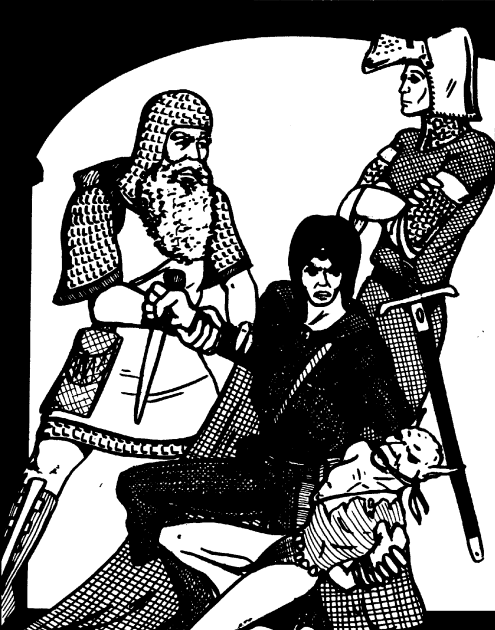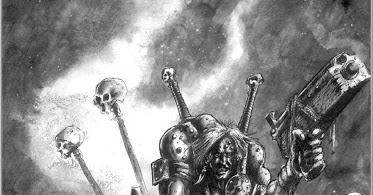Scribe
Legend
Almost every day at this point.welcome to that old future shock.
Almost every day at this point.welcome to that old future shock.
Your sister is good and correct then.a) this looks like my sister's side of the internet.
This is an official DC product, yes.b) is it official as I am seeing a lack of a dc logo on it, who was the them in question?
I will come for it at a time and moment of my choosing.c) assuming the above is yes how do you want the toe shipped as flesh through the mail is difficult on a good day?
b) well that is odd.Your sister is good and correct then.
This is an official DC product, yes.
I will come for it at a time and moment of my choosing.
Mystical powers.b) well that is odd.
c) do you need an address or do you have that solved under some sub-category of mystical powers?
do I or you get to pick which toe also how does toe sense come about?Mystical powers.
Toe sense.
I fell down an alignment rabbit-hole a month or two agoTo this day I remain fascinated by the entire idea of alignment languages.
A secret language that the Lords of Order and the Lords of Chaos use to communicate with each other and their allies that is completely unintelligible by their foes? A way of using tone and body language that only folks who are of the same alignment will truly understand? A mechanic that made sense when it was a simple little dungeon crawling game where alignment basically designed to indicate what side the players were on and who it was okay to kill that made less and less sense as the game moved from being a dungeon crawler and into a more generic fantasy simulation game?


Interesting article - the discussion of alignment as an indication of your actual aligning with one side against another (Law vs. Chaos) is exactly how I always understood alignment - which is why the AD&D 9 point grid version never had much appeal to me. And then as it became less and less a statement of "what side are you on in the cosmic battle" and more "here's a shorthand for a personality" I just slowly stopped using it in my games. I'll bring it back sometimes as a "Law/Chaos/Balance/Unaligned" system for settings where it makes sense - I do love having a cosmic battle that isn't about Good vs. Evil.I fell down an alignment rabbit-hole a month or two ago
Here's an article on alignment language that you might find interesting:

Moldvay Basic: Character Alignment
A blog about adventures and campaign settings from the early days of the Dungeons & Dragons game.osrgrimoire.blogspot.com
